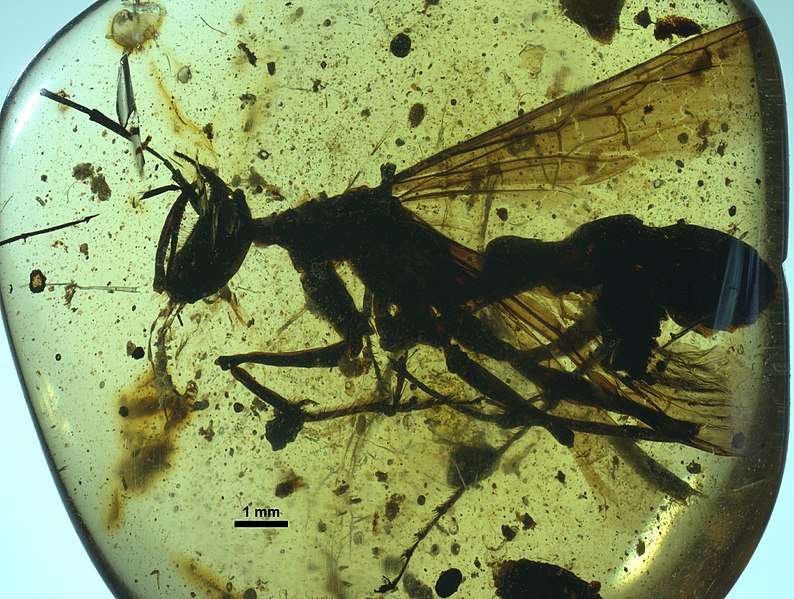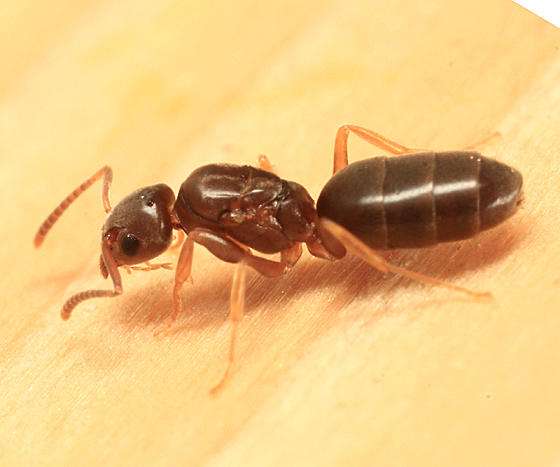
Initially established in 2003, the subfamily was later reclassified as the tribe Haidomyrmecini and assigned to the extinct ant subfamily Sphecomyrminae. In 2020, Haidomyrmecini underwent a review, which resulted in the group’s reascension to subfamily status. There are thirteen species and nine genera in the family.
Distribution
The extinct Formicidae subfamily Haidomyrmecinae, sometimes known as Hell ants, is known from Cretaceous fossils discovered in ambers in North America, Europe, and Asia, dating from the late Albian to Campanian, or roughly 100 to 79 million years ago.
Description
The rich head ornamentation and uniquely formed, elongated mandibles of members of this family, which articulate vertically rather than horizontally like modern ants, set them apart from all other ants. The jaws, together with the ornamentation on the head, were used to hold prey in place. The majority of species had setae (hair-like structures) covering certain areas of the head, which probably served as triggers to quickly close the mouth when disturbed, much like modern trap-jaw ants do. Haidomyrmecines were able to hunt alone, according to fossil evidence. They were eusocial, similar to modern ants, had distinct worker and queen castes, and probably had very small colony sizes. It is likely that the queens hunted while building the nest at first since they lacked metabolic reserves. It is believed that haidomymecines are one of the oldest and most basal groups of ants.

Table





